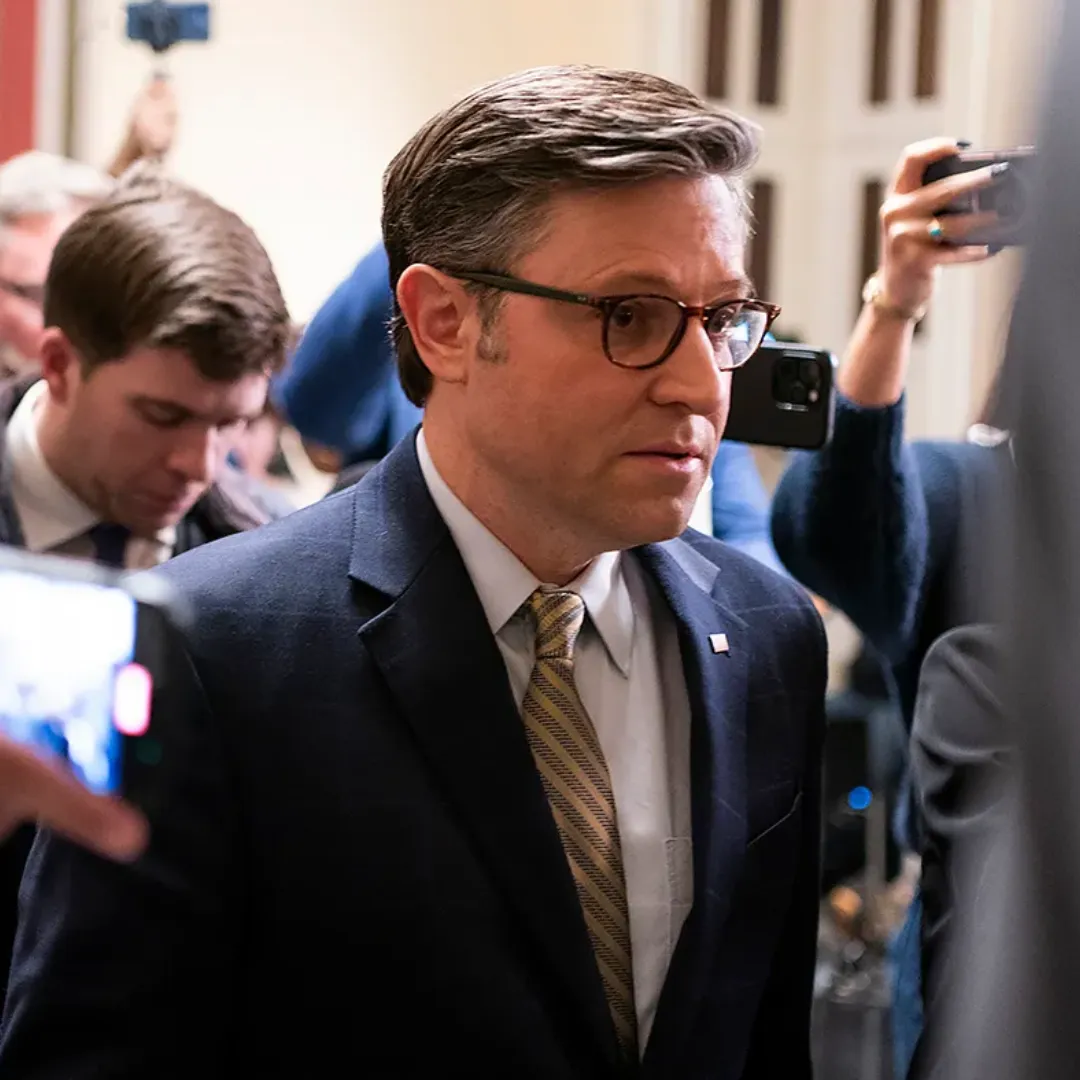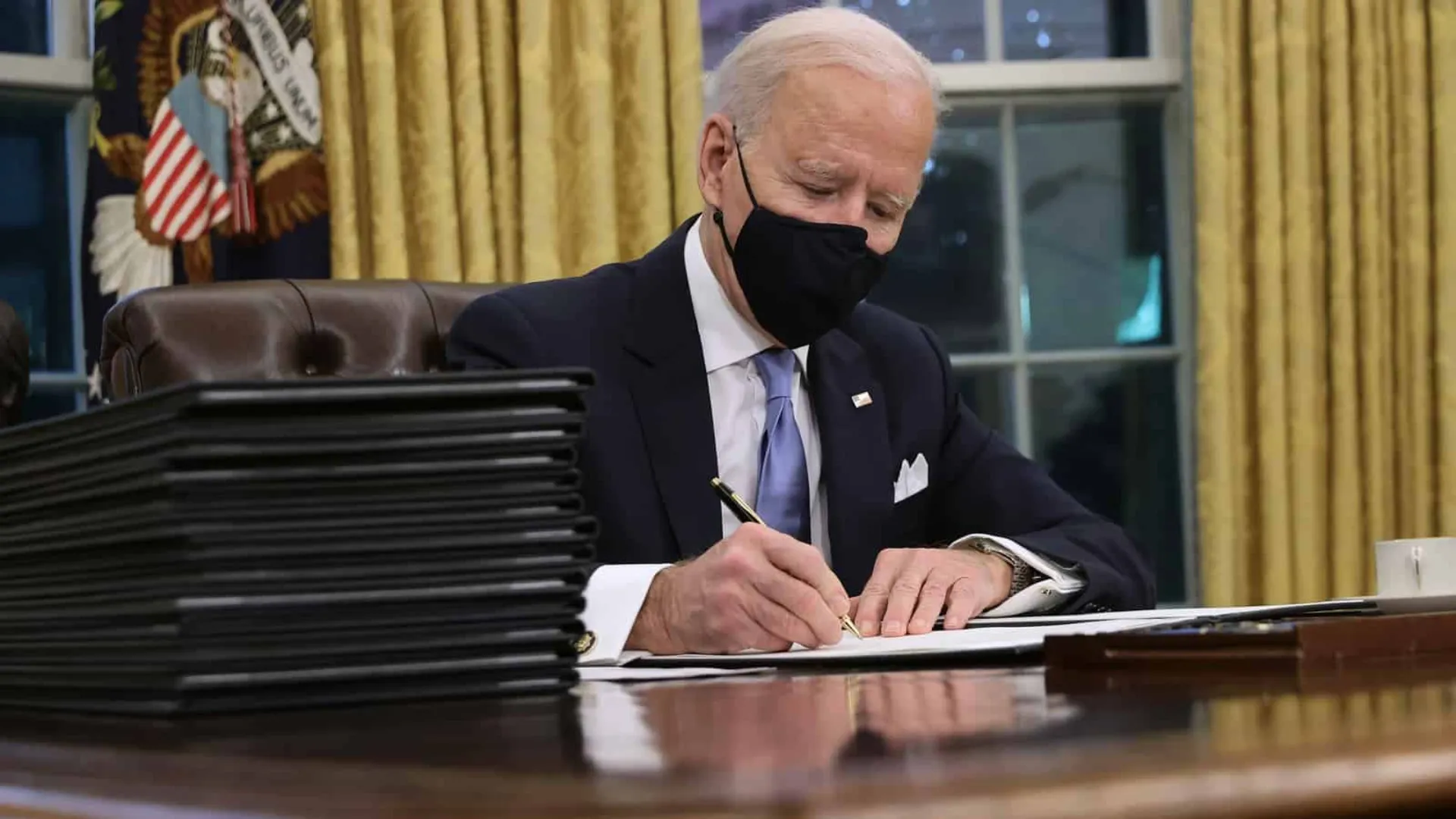
President-elect Donald Trump is reportedly planning to reintroduce a ban on transgender individuals serving in the U.S. military through an executive order on his first day back in office, January 20, 2025.
According to The Sunday Times, this action would result in up to 15,000 active service members being "medically discharged," effectively deeming them unfit for service.
The plan includes prohibiting transgender individuals from enlisting in the military, as all branches of the armed forces continue to struggle with recruitment challenges.
The 78-year-old former president has tapped former Fox News host Pete Hegseth to head the Department of Defense and has vowed to remove so-called “woke” policies from government agencies. Trump’s spokespersons have yet to comment on these reports.
This isn’t the first time Trump has targeted transgender service members. In 2017, during his first term as president, he announced via Twitter a ban on transgender individuals serving in the military, citing concerns over “tremendous medical costs” and “disruption.”
The White House at the time argued that retaining troops with gender dysphoria—who may require significant medical treatment—posed risks to military effectiveness and lethality.
The policy reversed a decision by the Obama administration, which allowed transgender individuals to serve openly.
President Joe Biden repealed Trump’s ban in January 2021, just five days after taking office. Since then, the military has taken steps to highlight the contributions of transgender service members.

For example, in 2022, the Air Force celebrated Major Jason Vero, a transgender pilot who has received multiple awards, and the following year, the Army highlighted Major Rachel Jones, who credited her ability to serve authentically as saving her life.
However, the Pentagon has faced criticism over the financial costs of treating transgender service members.
Since 2020, the Department of Defense has spent over $26 million on transgender-related medical care, including $17.5 million for psychotherapy, $1.5 million for hormone therapy, and $7.6 million for gender-affirming surgeries.
These procedures range from facial reconstruction to mastectomies and other surgeries aimed at aligning physical characteristics with gender identity.
Data from the Department of Defense shows that the number of active-duty service members diagnosed with gender dysphoria has risen from approximately 1,800 in 2020 to 3,700 in 2024.
Despite this increase, transgender service members still represent a small fraction of the military, accounting for only 0.3% of personnel. This figure is lower than the estimated 0.6% of transgender individuals in the broader U.S. population.

TRICARE, the U.S. Military Health System’s insurance program, typically does not cover surgeries for gender dysphoria but allows active-duty members to request waivers for medically necessary procedures.
While many in the military have defended the inclusion of transgender troops, arguing that it reflects societal acceptance, critics point to the growing costs and potential impact on recruitment and readiness.
Trump’s proposed policy has reignited debate over the role of transgender individuals in the armed forces. With recruitment numbers already falling short across all branches, some argue that excluding transgender service members could further strain military resources.
As of April 2024, 3,700 active-duty military personnel have been diagnosed and treated for gender dysphoria, including 1,240 Army soldiers, 1,046 Navy sailors, 1,024 Air Force airmen, and 278 Marines.
While this number has doubled since 2020, experts suggest it aligns with broader societal trends as acceptance of transgender identities continues to grow.
The controversy surrounding Trump’s reported plans has sparked intense reactions, with some viewing it as a step backward in military inclusivity and others applauding it as a move to prioritize military readiness.
As the date for the executive order approaches, the issue of transgender service members remains a deeply polarizing topic in American politics.



